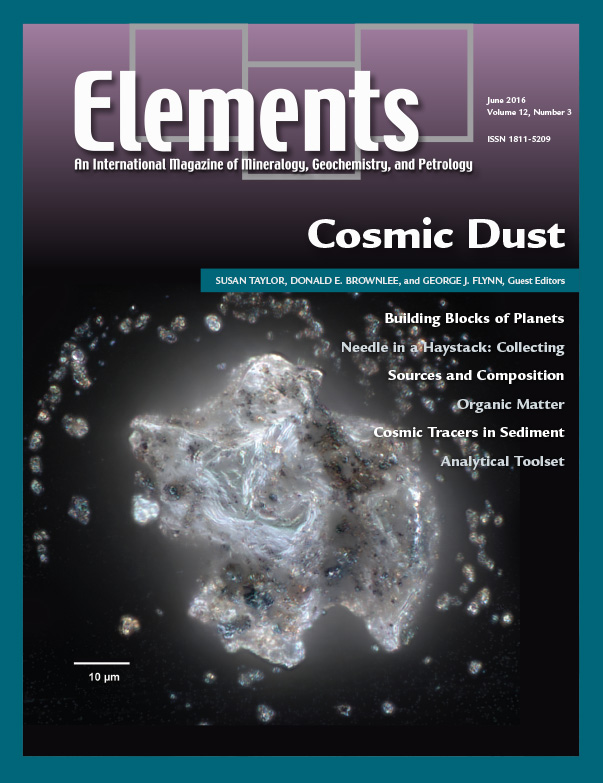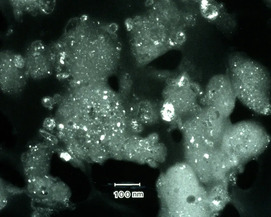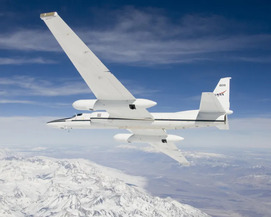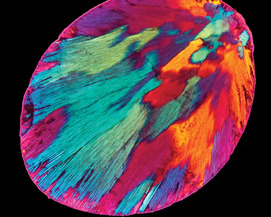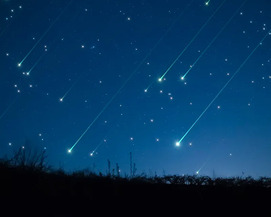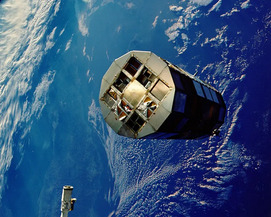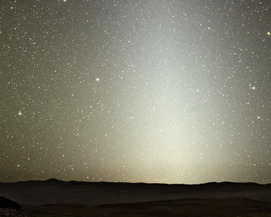
Cosmic Dust
Susan Taylor, Donald E. Brownlee, and George J. Flynn – Guest Editors
Table of Contents
Cosmic dust is submillimeter debris shed by comets, asteroids, moons, and planets. These small particles are the largest source of extraterrestrial material accreting on the present-day Earth. Although atmospheric entry heating and terrestrial weathering modify many particles, some are pristine primitive extraterrestrial materials that contain high abundances of isotopically anomalous presolar grains and primitive carbon compounds that have not been altered since their formation. Analysis of cosmic dust provides invaluable information on initial planetary building materials and formation of our Solar System.
Analab
Australian Scientific Instruments (ASI)
Cameca
CrystalMaker
Elemental Scientific
Excalibur Mineral Corporation
Geochemist’s Workbench
International Kimberlite Conference
International Mineralogical Association
IsotopX
National Electrostatics Corp. (NEC)
PANalytical
Periodico di Mineralogia
ProtoXRD
Rigaku
Savillex
Selfrag
Volume 12, Number 4 (August) • Deep-Mined Geological Disposal of Radioactive Waste
GUEST EDITORS: Bruce Yardley, Rodney Ewing, and Robert Whittleston
The construction of geological disposal facilities for radioactive waste has been a long time in the discussion and planning, but will become a major focus of geological, mineralogical, and geochemical effort in coming years. Underground laboratories have been operating for many years in a variety of rock types. A number of national projects that will dispose of heat-producing waste are nearing the licencing stage: sites have been selected, and planning is moving forward in many countries. Geological disposal raises complex technical issues, but it is also at the centre of social and political controversy. Different countries have very different waste inventories and quantities of waste; they may also have different geological settings available to host a repository. The issue of Elements will present case studies of the concepts for repositories hosted in the range of possible host rocks that have been considered worldwide. The varied approaches to selecting a site that is acceptable to local communities will be reviewed.
- Earth Sciences for Cultural Heritage (February 2016)
- Enigmatic Relationship Between Silicic Plutonic and Volcanic Rocks (April 2016)
- Cosmic Dust (June 2016)
- Geologic Disposal of Radioactive Waste (August 2016)
- Studying the Earth using LA-ICPMS (October 2016)
- Origins of Life: Transition from Geochemistry to Bio(geo)chemistry (December 2016)
Download 2016 Thematic Preview


